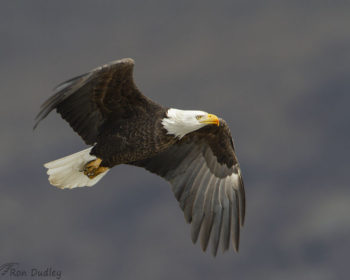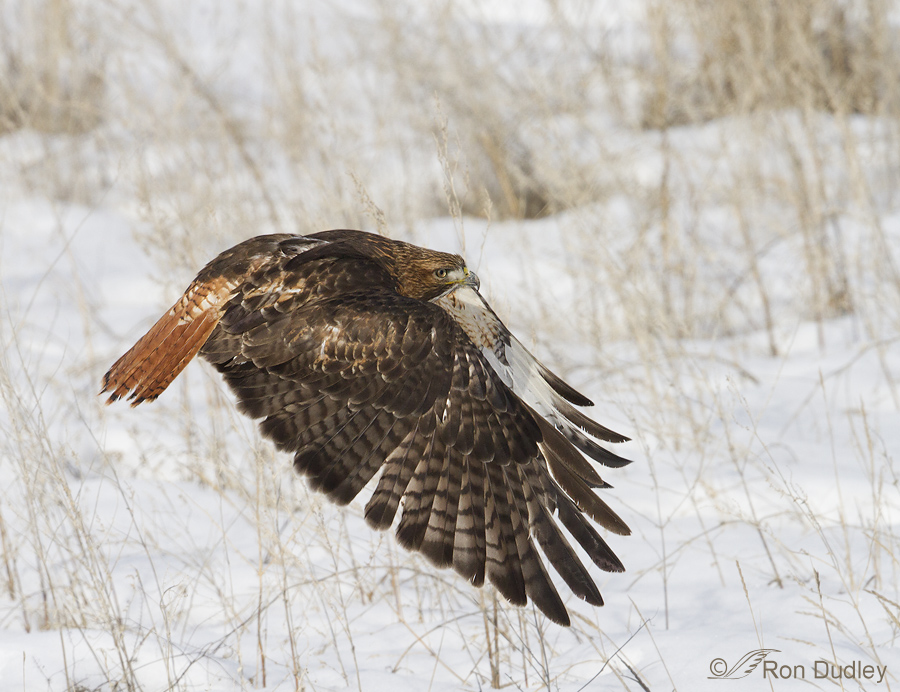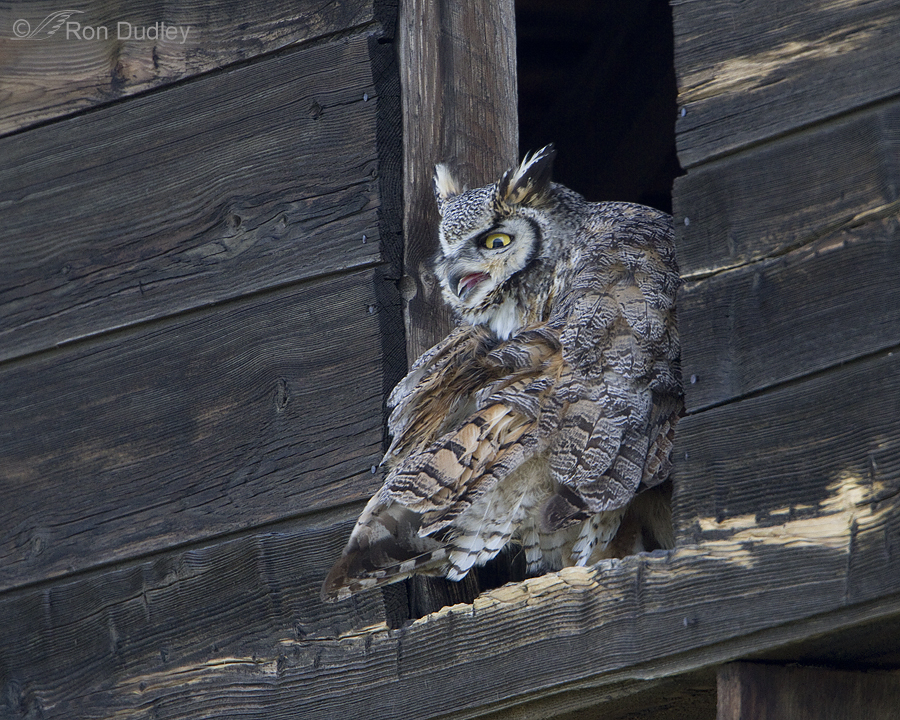Tag: blown eye
A Possibly Damaged Adult Red-tailed Hawk (and a lesson in jumping to conclusions)
A Spooky Great Horned Owl For Halloween
A Guide To Aging Bald Eagles
As we go into prime “eagle watching” season here in northern Utah I thought it might be timely to present a guide that would be helpful in aging Bald Eagles as they progress through the 5-6 year process of becoming adults. Many of these younger birds are mistakenly identified as Golden Eagles by the general public. Eagles that have not reached the adult stage are referred to as immature, juveniles or sub-adults. Plumage stages are highly variable, depending on molt sequence, age and timing so other factors like iris and beak color are also taken into account when estimating age. Eyes gradually change from dark brown to yellow while the beak goes from blackish-gray to yellow. 1/4000, f/8, ISO 500, 500 f/4, not baited, set up or called in The adult Bald Eagle is unmistakable with its distinctive bright white head and tail contrasting with the dark brown body and wings. 1/200, f/6.3, ISO 800, 500 f/4, 1.4 tc, not baited, set up or called in But juveniles present very differently than adults, especially in the early stages of development. This very young bird is barely fledged and was still hanging around its nest in sw Montana. Notice that the plumage is dark brown throughout, though they may have some white or pale mottling at this stage – especially on the underparts. Both eye and beak are very dark. 1/2000, f/6.3, ISO 500, 500 f/4, 1.4 tc, not baited, set up or called in This is a first year bird during winter. 1/800, f/8, ISO 500, 500 f/4, natural light,…
Bald Eagles at Farmington Bay
I paid another visit to Farmington yesterday and while I got some nice shots of a few other species I was reminded of the Bald Eagles that were winter residents out there just a few short months ago. I miss them. So when it turned overcast this morning and I couldn’t go out photographing birds I decided to revisit some of the eagle images I got at Farmington three months ago. Canon 7D, 1/2500, f/7.1, ISO 500, 500 f/4, 1.4 tc This carp may have been an easy catch for the eagle because the water was quite shallow and the fish was likely stunned (though it did appear to still be alive) by the rotenone used to control these fish at the refuge. Canon 7D, 1/2500, f/7.1, ISO 500, 500 f/4, 1.4 tc Both of these images of the eagle with the fish were difficult exposures with the white head facing toward the sun but I liked the action and the good look at the carp. Canon 7D, 1/2000, f/6.3, ISO 500, 500 f/4, 1.4 tc This is one of my better exposures on both the white head and the very dark body and wing plumage in the species. Early morning light certainly helped with that exposure. Canon 7D, 1/1250, f/6.3, ISO 500, 500 f/4, 1.4 tc I like the unusual head turn from this juvenile bird and the Wasatch Mountain background. Canon 7D, 1/4000, f/6.3, ISO 640, 500 f/4, 1.4 tc (wish I’d had lower ISO in this image…




